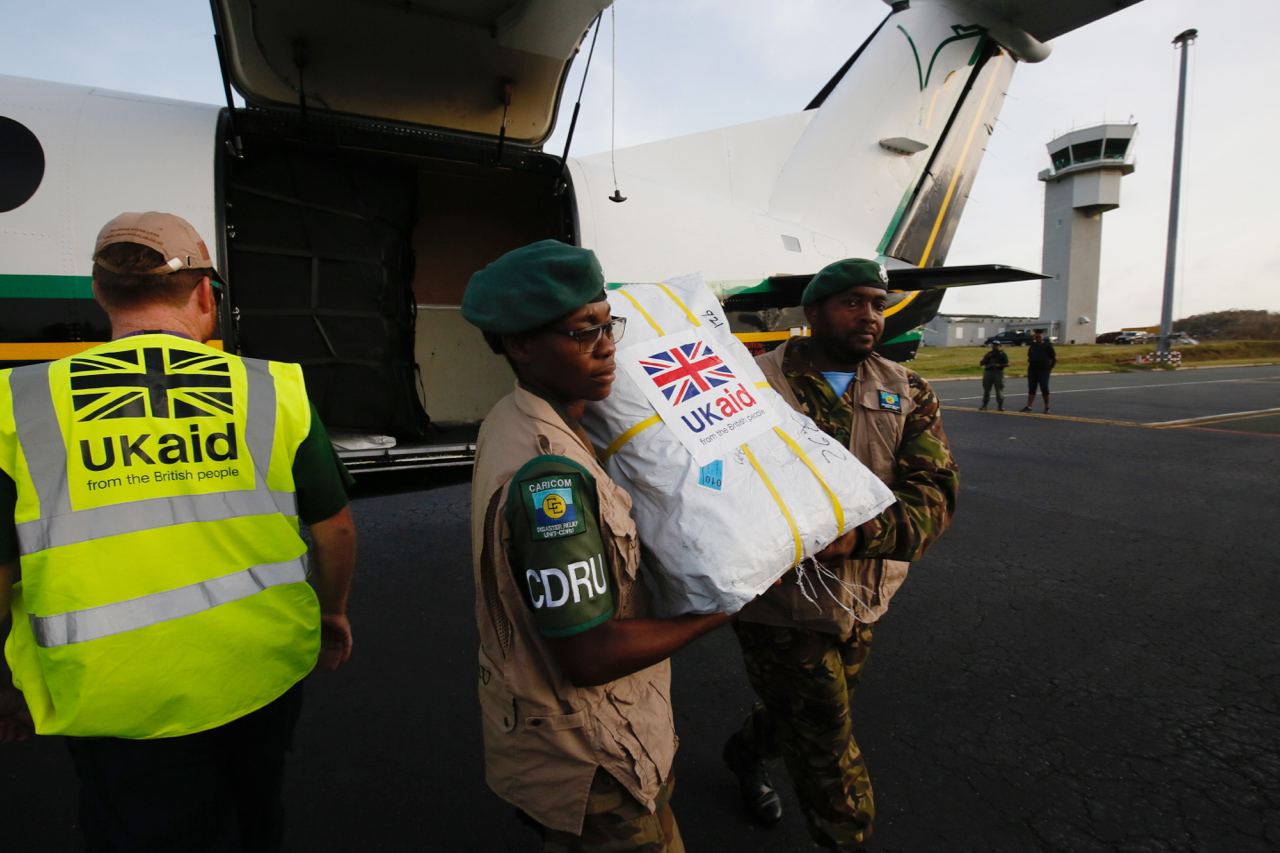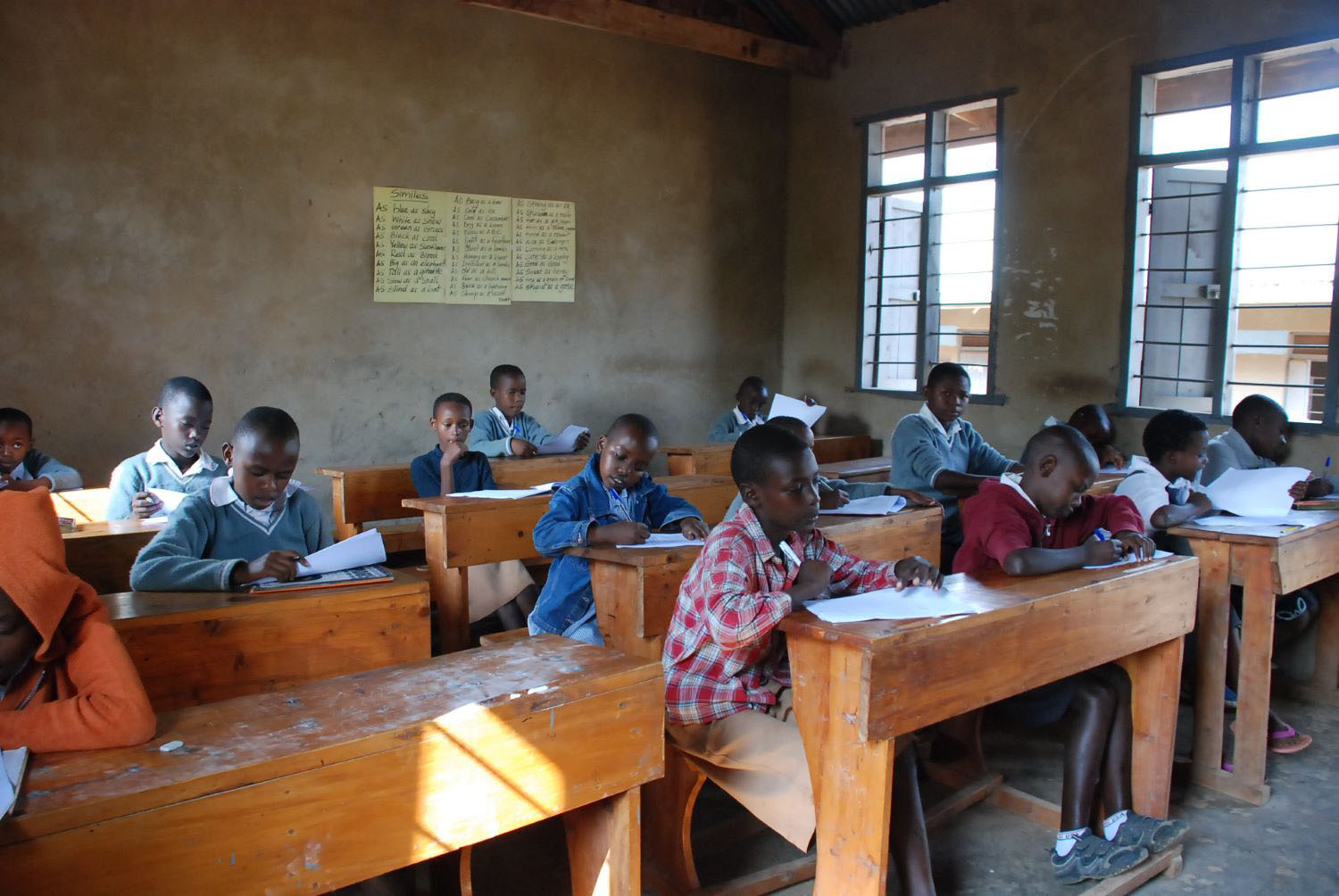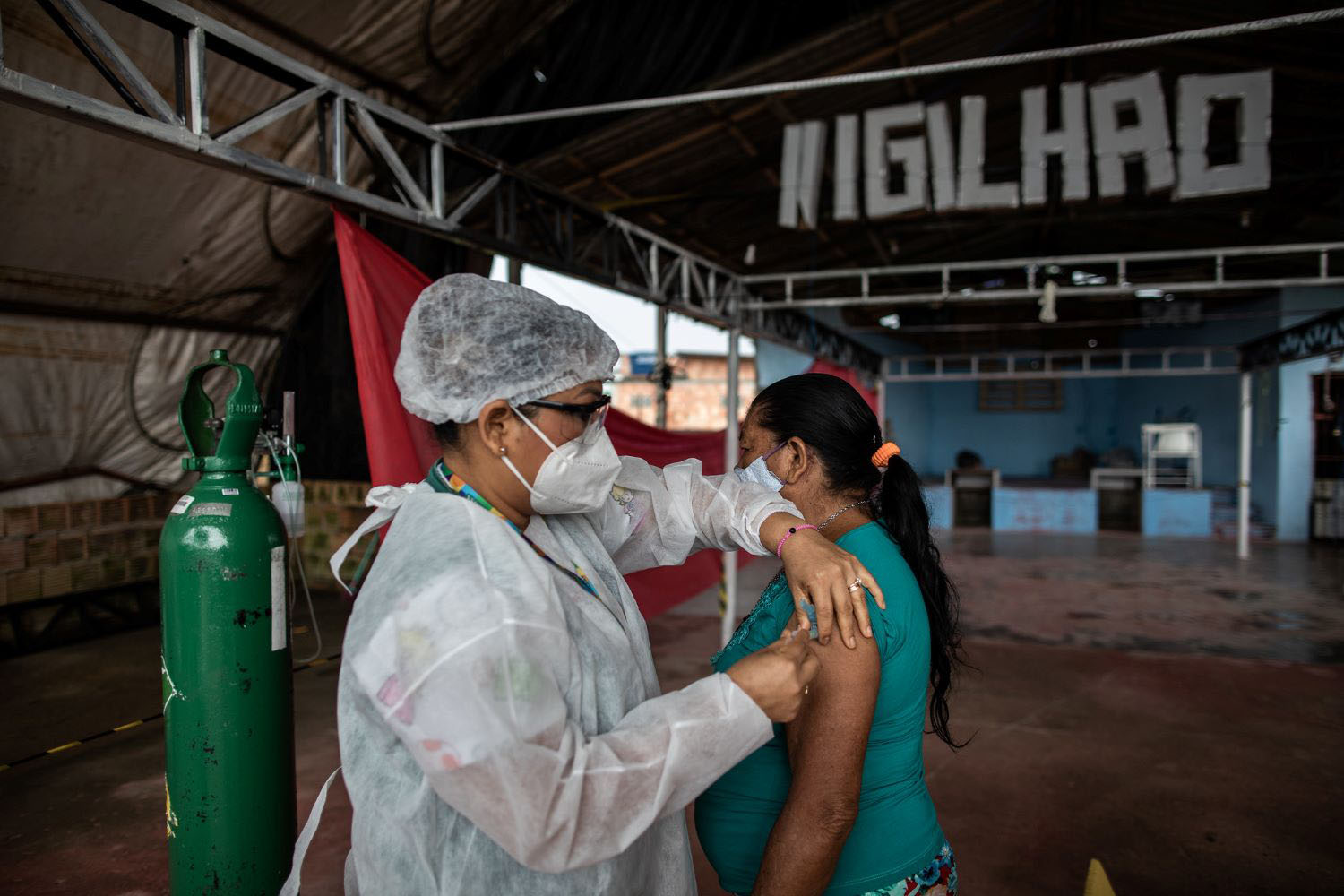Subscribe
Subscribe today to receive CGD’s latest newsletters and topic updates.
All Commentary
Filters:
Topics
Facet Toggle
Content Type
Facet Toggle
Blog Type
Facet Toggle
Time Frame
Facet Toggle
Blog Post
April 02, 2024
“Trade not aid” is a slogan that appeals to certain instincts on both the left and right. The idea being that rich countries can do more for economic development in poor countries by granting them market access than by sending charity. But will market access really stimulate economic growth in laggi...
Blog Post
March 21, 2024
As many developing countries approach universal enrollment in primary school, the World Bank has emerged as one of the most prominent advocates for a pivot “from schooling access to learning outcomes” in recent decades. The most recent education strategy of the Bank, adopted in 2011, emphasizes the ...

















